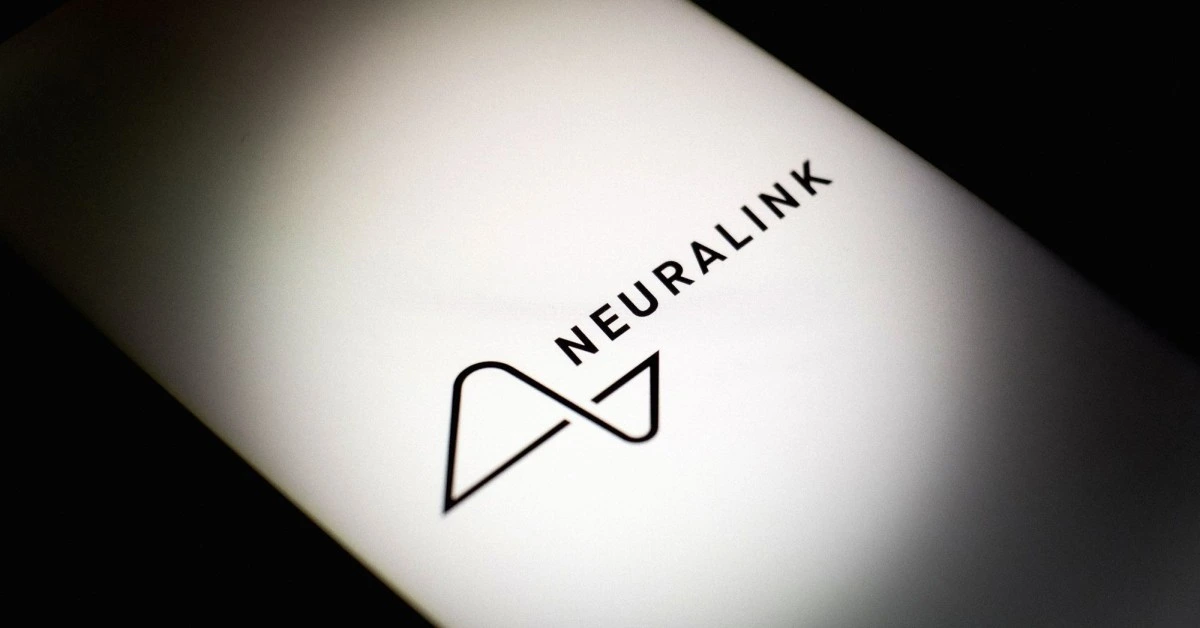
USA – Neuralink, Elon Musk’s brain-computer interface (BCI) implant startup, has taken a bold step in securing its innovative branding by filing applications with the U.S. Patent and Trademark Office (USPTO) to trademark the terms “Telepathy,” “Blindsight,” and “Telekinesis.”
These applications, submitted in early March, are part of Neuralink’s strategy to differentiate its groundbreaking products in the competitive neurotechnology market.
Neuralink’s first product, Telepathy, is a BCI designed to enable users to control devices using only their thoughts.
The company has made significant progress with its PRIME study (Precise Robotically Implanted Brain-Computer Interface), which involves implanting a small, cosmetically discreet device in the motor planning area of the brain.
This implant, known as the N1, translates neural signals into commands that can help individuals operate computers and smartphones with ease.
In a landmark achievement in 2024, 29-year-old quadriplegic Noland Arbaugh became the first recipient of the Telepathy implant.
Following his implantation, Arbaugh was able to play chess and video games without physical interaction.
Since then, two more participants have joined the PRIME study, collectively accumulating over 4,900 hours of Telepathy use during scheduled sessions and independent activities—averaging 6.5 hours of use per day.
In addition to Telepathy, Neuralink is trademarking “Blindsight” for an experimental implant aimed at restoring vision.
This device, which received FDA breakthrough device designation last year, works by implanting a microelectrode array into the visual cortex, the brain region responsible for processing visual information.
According to Musk, Blindsight is designed to help individuals who have lost their sight—due to damage to the optic nerve or other conditions—by stimulating neurons directly in the visual cortex.
Although the initial output is expected to be low resolution, reminiscent of Atari graphics, the long-term goal is to surpass natural vision by enabling users to see across different wavelengths, such as infrared or ultraviolet.
The term “Telekinesis,” which Musk has used interchangeably with Telepathy, is also under trademark consideration.
This reinforces Neuralink’s vision of enabling users to interact with technology purely through thought, effectively performing “telekinetic” actions in the digital realm.
By securing trademarks for these terms, Neuralink aims to protect its intellectual property and establish clear market distinctions for its evolving suite of BCI products.
Neuralink has previously sought to trademark related terms such as “Link,” “R1,” and “N1″—with “Link” referring to its BCI platform, “N1” to the implant’s electrode array, and “R1” to the surgical robot used for implantation.
In November, the company made headlines by receiving Health Canada’s approval to initiate the CAN-PRIME study at Toronto Western Hospital, evaluating the safety of its N1 implant and R1 robot.
Additionally, Neuralink has launched a feasibility study named CONVOY, which tests the ability of its wireless BCI to control an investigational assistive robotic arm.
XRP HEALTHCARE L.L.C | License Number: 2312867.01 | Dubai | © Copyright 2025 | All Rights Reserved